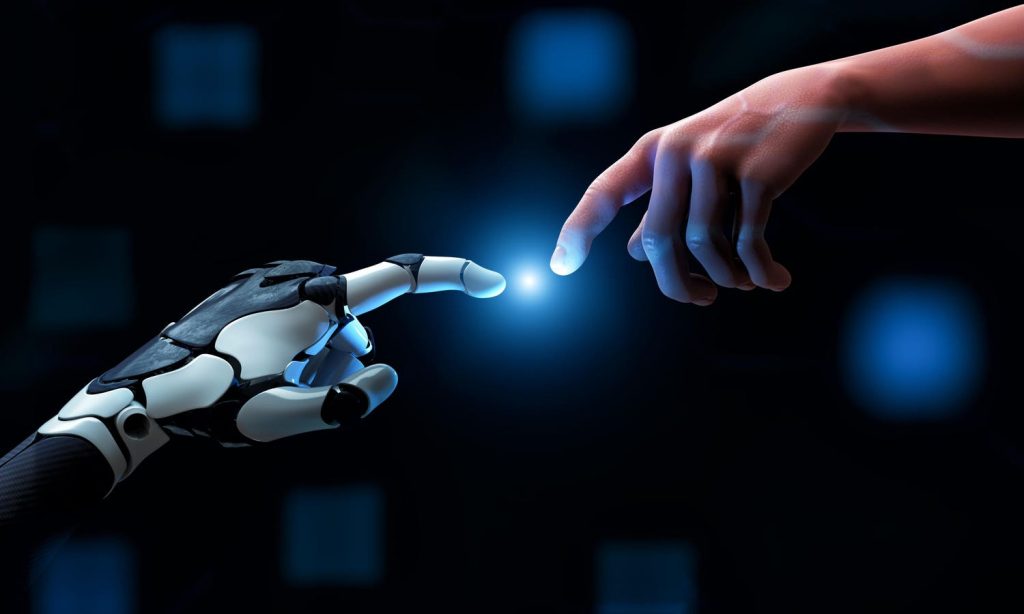In the last decade, automation in customer service has become prevalent in the business world. While AI has improved efficiency, the human interaction between company and customer remains crucial in building long-lasting relationships. A Salesforce CRM report found that 80% of customers believe a company’s customer experience is just as important as the products or services it sells.
The history of AI in customer service dates back to the 1960s when IVR technology was used in customer service centers. Fast forward to the present day, AI has become pervasive as companies utilize machine learning and artificial intelligence to engage with customers. According to the Ultimate Customer Services Trends report, 76% of customer experience leaders are planning to implement generative AI in customer support by 2024.
Despite the benefits of automation, many customers still value human interaction when dealing with customer service issues. Nearly half of customers have reported that they do not like using chatbots. There is a sense of comfort in speaking to a human who can empathize with their problems, which cannot be replaced by AI. The verbal confirmation from a human that a problem has been solved often puts customers at ease.
As a business owner, finding a balance between automation and a personal touch is crucial. While AI can help streamline operations and reduce costs, incorporating the human element where it fits best is important for maintaining high-quality customer service. Training technology teams to employ empathy, monitoring AI interactions, and minimizing wait times for human assistance are key strategies for human-centric automation.
As technology continues to evolve rapidly, business leaders must integrate smart technology strategically to enhance customer experience and improve efficiency. Customer judgment of how AI is used in a business will ultimately determine its success. By improving the ease of transactions for customers while maintaining a personal touch, businesses can create loyal customers for life. Balancing automation with human interaction is essential for businesses to thrive in an increasingly technological world.


